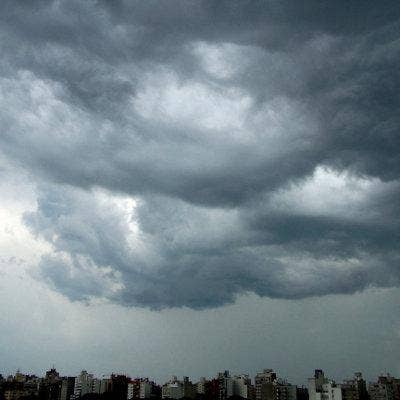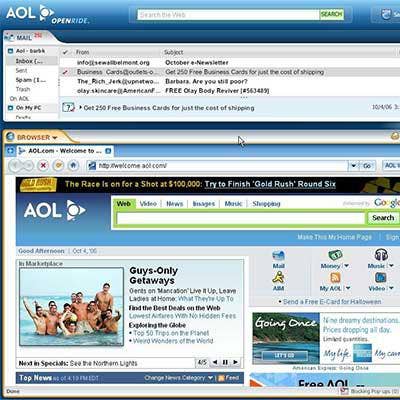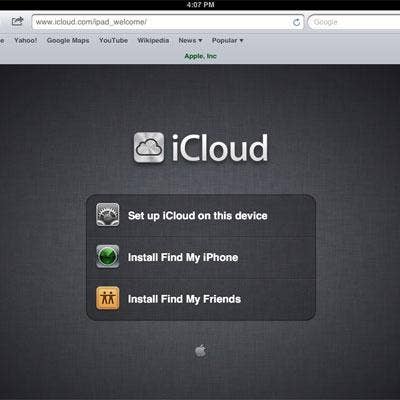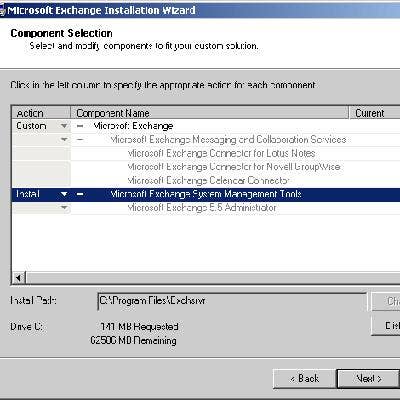The 10 Biggest Cloud Outages Of 2015 (So Far)

Dark Clouds Ahead
In some ways. this list gets tougher to write each year, as cloud-enabling technologies mature, cloud providers become more sophisticated, and overall uptime and stability, for the most part, improve.
Providers are adding nines to their SLAs; at the same time, enterprises are rushing to virtualize their on-premise infrastructure to create dynamic, private clouds that can rapidly scale into public infrastructure.
While outages aren't as prevalent and pervasive as they were in years past, the harm they cause business customers might be greater than ever.
The burgeoning number of mission-critical workloads migrating to cloud infrastructure amplifies the damage caused by even a short service interruption. Each outage, no matter how quickly remedied, erodes credibility in the technology and dissuades greater adoption.
For more on the "coolest" of 2015, check out CRN's Tech Midyear In Review.

Verizon Cloud, Jan. 10 and 11
While a cloud provider's worst fear is a prolonged outage, Verizon Communications stunned customers by scheduling to take its cloud offline for some 40 hours over the weekend to implement a comprehensive system maintenance project.
One reason for the upgrade of its cloud infrastructure, ironically, was to prevent future outages.
While many customers were peeved their provider intentionally cut their cloud service, some took solace knowing Verizon spent those 40 hours adding seamless upgrade capabilities that would enable future upgrades to be executed on live systems without disruptions, or even the need to be reboot servers.

Google Compute Engine, Feb. 18 and 19
Multiple zones of Google's IaaS offering went down just before midnight. After about an hour of downtime, service for most affected customers returned around 1 a.m. the next morning.
While some connectivity issues lasted almost three hours, there were roughly 40 minutes during which most outbound data packets being sent by Google Compute Engine virtual machines were ending up in the wind.
Google said the problem was "unacceptable" and apologized to users who were affected.

AOL Mail, Feb. 19
Apparently some people were actually affected when AOL’s email service suffered a widespread outage beginning around 4 a.m. Eastern.
The problem, which started in the U.K. and spread to the U.S., made it impossible for many AOL users to log in to their accounts.
While the AOL jokes come easy, there were real complaints online from people still using the vintage email addresses. AOL said a network issue was at fault.

Google Compute Engine, March 9
Another network error brought down Google's IaaS cloud by clamping off outbound traffic, much as it had about three weeks earlier.
The error was caused by a faulty configuration patch that affected some servers in a manner Google had not anticipated. Service outages began around 10 a.m. PST and lasted, in some cases, about 45 minutes.

Apple iCloud, March 11
Millions of people around the world couldn't buy digital music, books or apps for almost 12 hours. Thankfully, most of them survived.
Apple, in its apology, blamed an internal DNS error for taking down its iTunes and App Store services. Some iCloud email accounts also were briefly affected.

Microsoft Azure, March 16
Two of Microsoft's Azure public cloud services went down for more than two hours for customers in the Central U.S., due to what the software giant described as a "network infrastructure issue."
The outages, which began just after 1 p.m. Central time, affected customers of Microsoft's Azure Virtual Machines (Infrastructure-as-a-Service) and Azure Cloud Services (Platform-as-a-Service) offerings, the Redmond, Wash.-based vendor reported on its Azure Status webpage.
Microsoft described the issue as a "partial service interruption" and said the service had been restored to full availability by 3:19 p.m. CT.

Microsoft Azure, March 17
Microsoft's public cloud hadn't even been humming along for a full 24 hours before a second outage in as many days took down virtual machines, websites and other cloud services, this time affecting a denser concentration of customers on the East Coast.
Microsoft reported the problem on its Azure status page as starting at 1:30 p.m. EDT. The second-largest public cloud provider in the world informed customers that the service disruption was rooted in a problem with storage.

Starbucks, April 24
While certainly not a cloud provider, Starbucks was an early adopter of the technology, connecting its CRM system to customer data generated at the point-of-sale.
It seems the dependence on that cloud infrastructure ran deep, as an outage somehow disabled cash registers at thousands of Starbucks franchises across North America. Groggy customers were left high-and-dry as they tried to get their late-day coffee fixes from the ubiquitous vendor.
Unable to caffeinate their customers for several hours, some stores closed early; other more saintly ones doled out free beverages.
Starbucks was quick to report there was no breach -- just a failure caused by a daily system refresh.

Apple iCloud, May 20
Eleven Apple services, including email, suffered a seven-hour outage. Some went down entirely, others were just working really, really slow.
Disrupted services included iCloud Drive, Photos, Documents, Find My iPhone, Back to My Mac, iCloud Backup, iCloud Keychain, iCloud Mail, iMovie Theater and iWork for iCloud Beta.
According to Apple's system status page, some 40 percent of the world's 500 million iCloud users were affected.

Microsoft Exchange, July 15
While this Office 365 hosted email outage doesn't seem to have been extremely pervasive, it embarrassed Microsoft during its Worldwide Partner Conference, where cloud stability was a major theme.
Many Microsoft partners attending the conference in Orlando, Fla., couldn't send and receive emails.